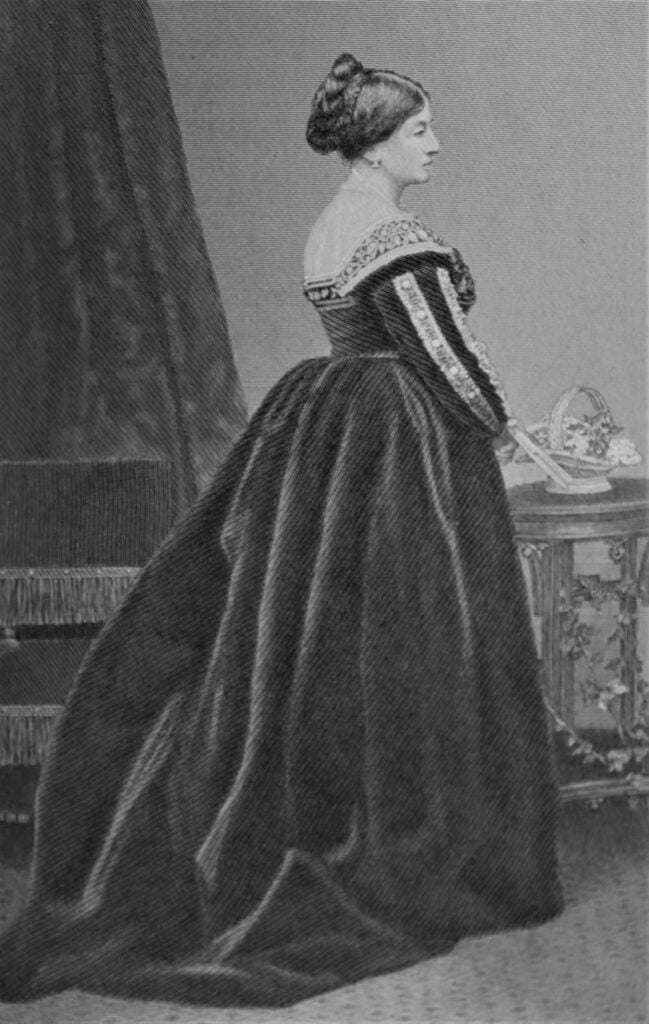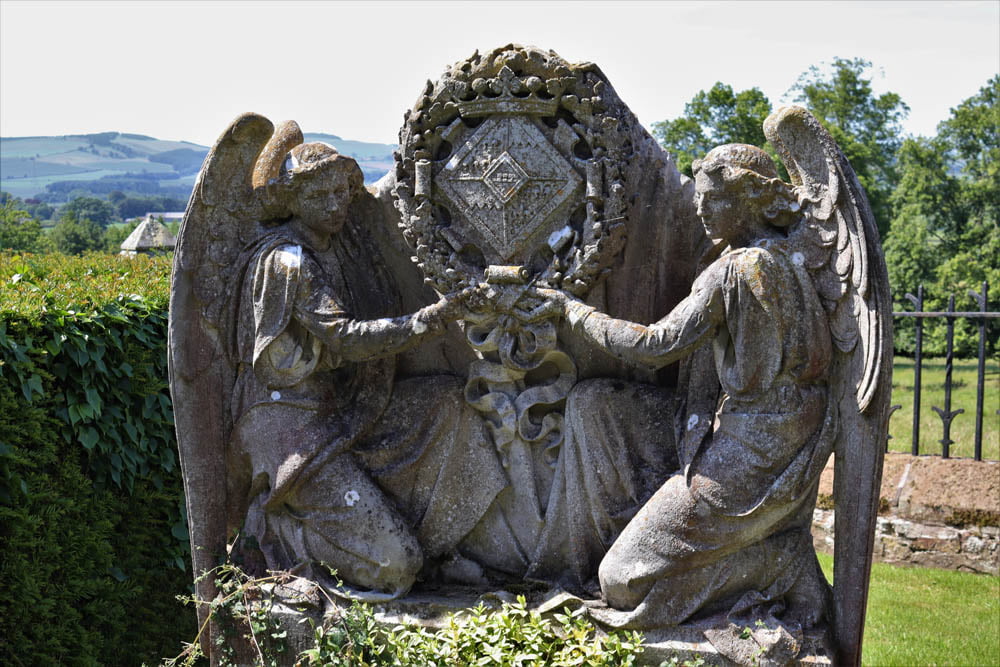


Louisa Anne Stuart was born on 14 April 1818 in the British Embassy in Paris, the younger sister of Charlotte Elizabeth. Her father, Sir Charles Stuart, later 1st Baron Lord Stuart de Rothesay, was the British Ambassador and had married Lady Elizabeth Margaret Yorke in 1816. From a very young age, Louisa showed a talent and passion for art. When her father left his post in Paris in 1831, the family moved to Highcliffe Castle in Dorset.
Modest, graceful and accomplished, Louisa was a widely reputed beauty. It was this beauty that caught the eye of Henry de la Poer Beresford, 3rd Marquis of Waterford – a man not unknown to the law courts due to his riotous and wild behaviour. The couple were married on 8 June 1842.
Despite the odds, the marriage was one of extreme happiness. Together, they were benevolent and thoughtful landlords, actively working to alleviate the suffering of their tenants at their estate at Curraghmore in County Waterford during the Irish Famine. Here in Ford, they sought to understand the operation of their estate and to improve the living and working conditions of their tenantry.
Their happiness was cut short, however, when Henry was killed in a hunting accident in 1859. Grief-stricken, Louisa came to live at Ford Castle which had been left to her, along with the rest of the estate, for her lifetime. In the village near the Hall, you can see the fountain erected by Louisa in 1864 in loving memory of Henry.
Louisa dedicated the rest of her life to the people of Ford estate and to art. She transformed Ford with a new schoolroom, housing for her tenants, improvements to the Castle, visiting the sick and elderly, and the installation of a nurse in Ford Village.
Louisa’s friendship with art critic John Ruskin led to introductions to the founding members of the Pre-Raphaelite Brotherhood, a group with whom she shared a reciprocal admiration. During her life, Louisa filled many sketchbooks which she carried with her, quickly recording moments of everyday life. Although Louisa’s accomplishments as an artist were recognised by contemporaries such as Queen Victoria and Gabriel Rossetti, her talent is too often overlooked in studies of the Pre-Raphaelite artists.
Lady Louisa Waterford died on 12 May 1891 and was much mourned by her friends, neighbours and tenants. She is buried at Ford Church, overlooking her beloved home and the Cheviot Hills.
switch website